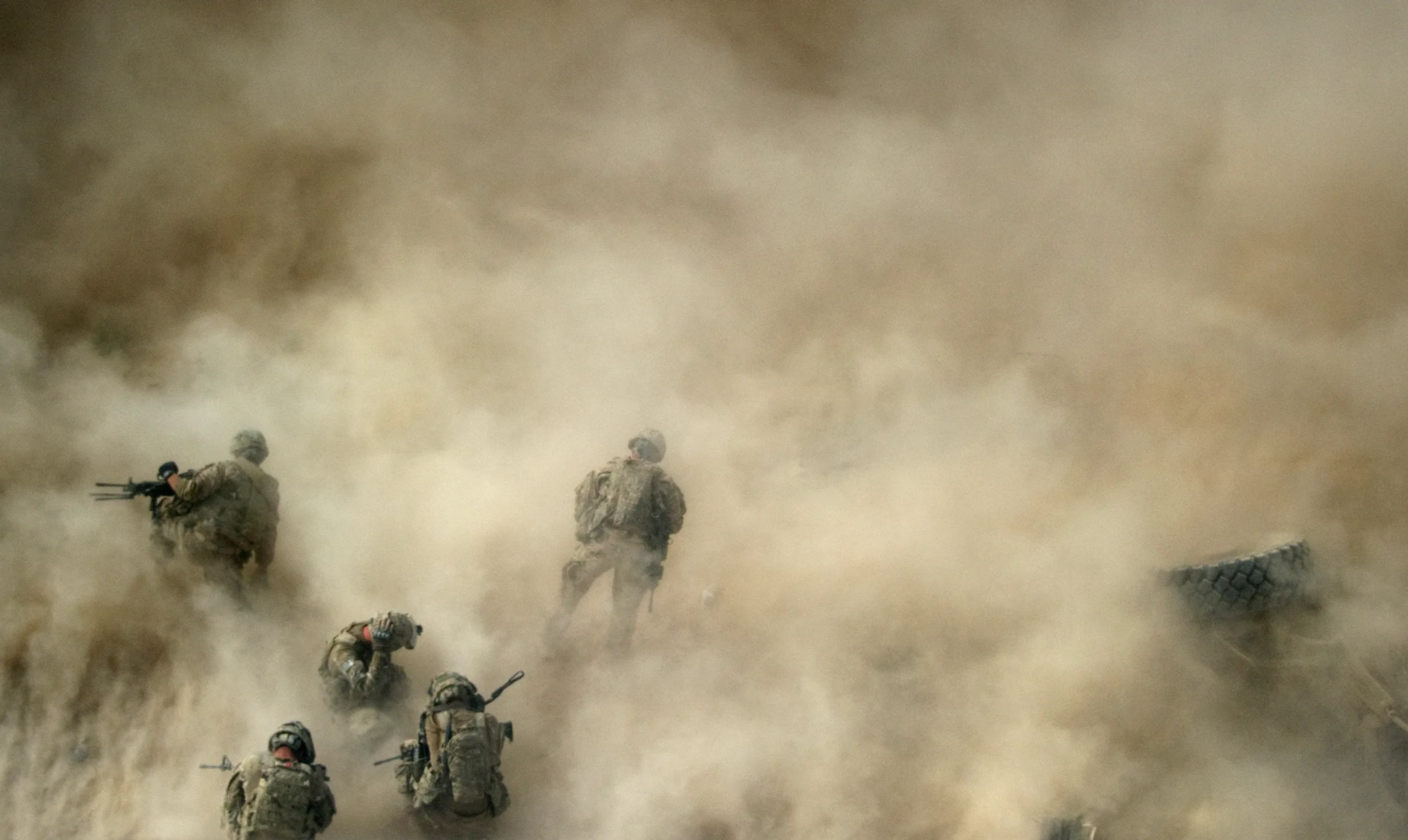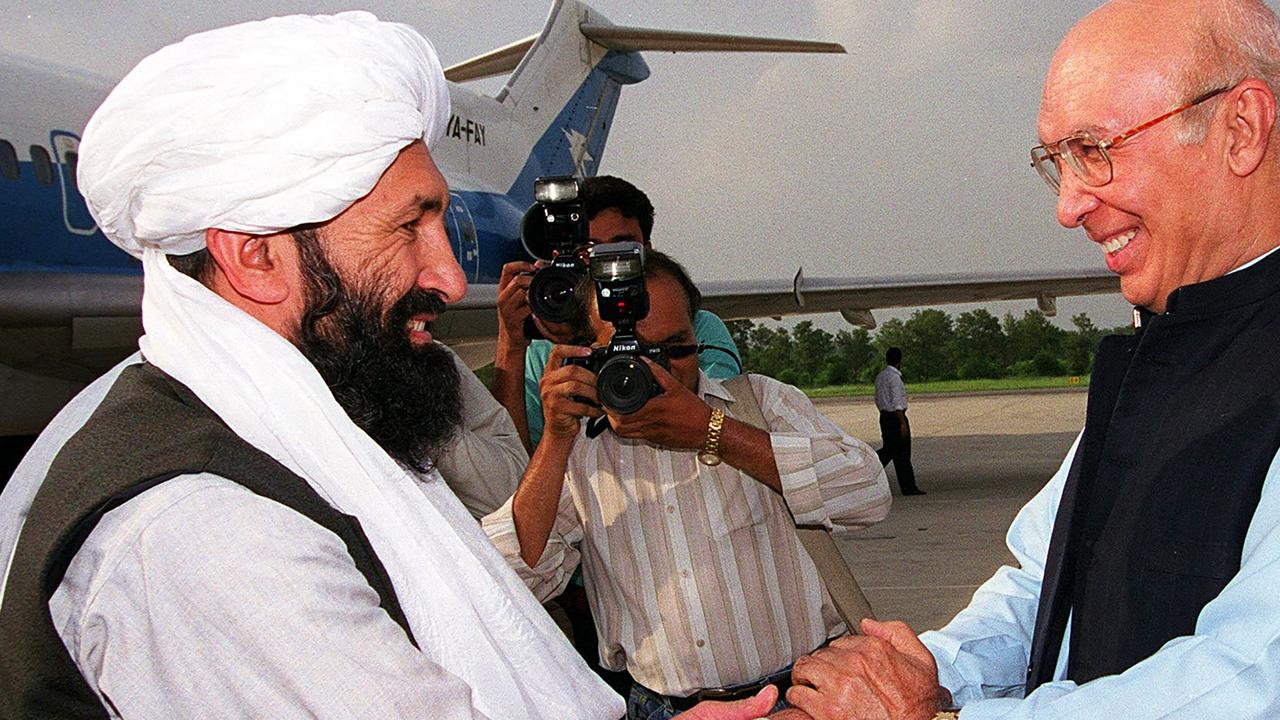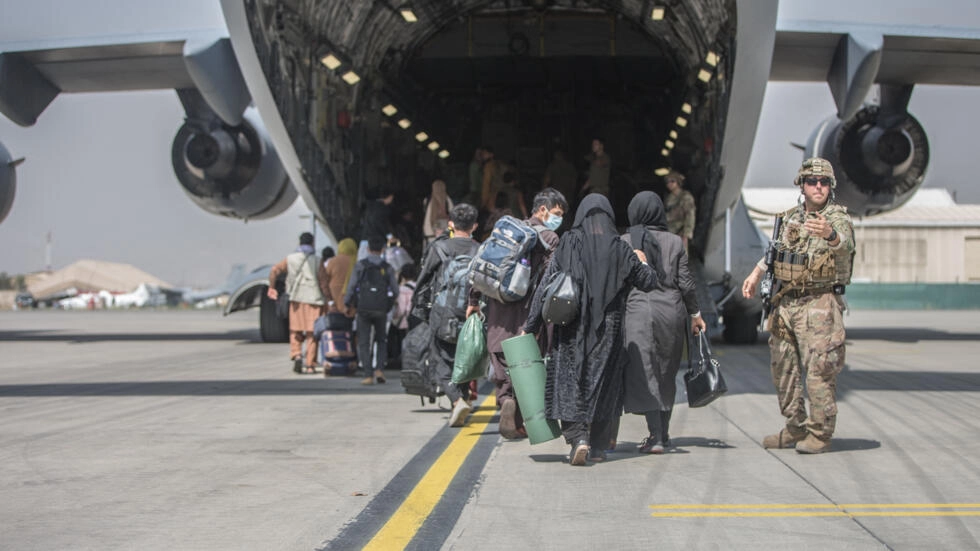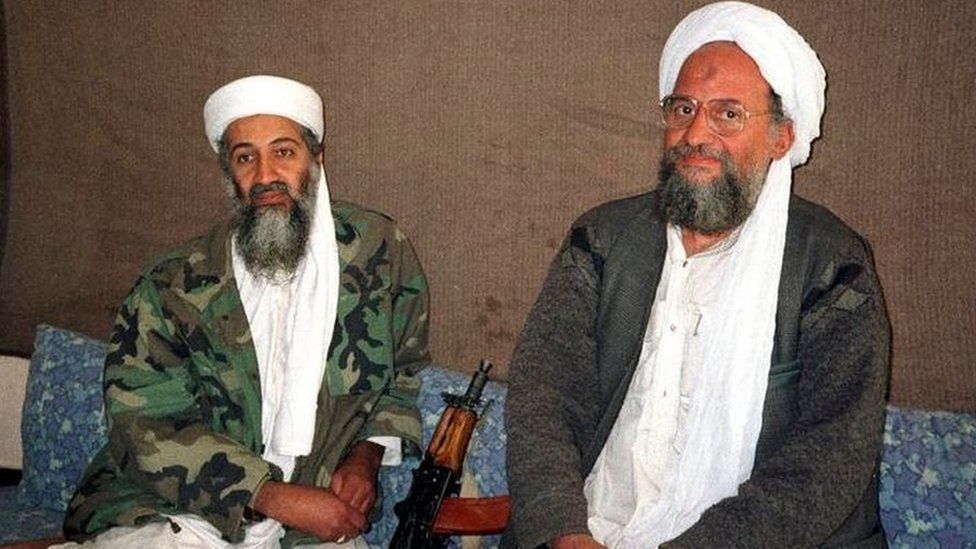This article is more than
3 year oldLeaving Afghanistan, and the Lessons of America’s Longest War

Early in 2010, Mikhail Gorbachev, the last leader of the Soviet Union, offered advice to President Barack Obama about the Afghan war. After the Soviets had invaded Afghanistan, in 1979, and found themselves mired in an unwinnable conflict against Islamist mujahideen rebels aided by the United States and others, Gorbachev overruled hawks in his Politburo and ordered a military retreat, which was completed in 1989. He warned Obama that America risked a similar “major strategic failure,” and he recommended “a political solution and troop withdrawal.” This “two track” approach—a managed troop pullout and talks with the Taliban and other Afghan factions in the war—should seek to foster “national reconciliation” in the country, Gorbachev advised.
Obama authorized secret peace talks with the Taliban later that year, and, ever since, the United States has essentially followed Gorbachev’s approach, albeit slowly, through policies laced with contradictions, and at a very high cost in expenditure and lives—more than twenty-two hundred American troops. The American presence in Afghanistan peaked at about a hundred thousand troops, in August, 2010, and fell to a little less than ten thousand by the end of Obama’s Presidency. The Obama Administration’s talks with the Taliban failed, but when Donald Trump became President he revived the negotiations. In early 2020, Zalmay Khalilzad, Trump’s envoy, struck a deal with the Taliban that included a pledge to remove all U.S. troops by May 1st, 2021. Trump also ordered a reduction in U.S. forces to twenty-five hundred by the time he left office. (About seven thousand nato troops also remained.)
This was President Joe Biden’s inheritance: a decade of unsuccessful negotiations, a flawed Trump deal that increasingly advantaged the Taliban, a U.S. troop deployment too small to change the war’s stalemate, and a looming deadline to depart the country entirely or else invite renewed Taliban assaults. Biden faced no good choices, only a menu of risky options. At the White House, on Wednesday, following a policy review, consultations with nato allies, and a last push to accelerate stalled peace talks between the nato-backed government in Kabul, led by President Ashraf Ghani, and the Taliban, Biden announced his decision: America would end the longest war in its history, and all U.S. and nato troops would withdraw by September 11th.
Read More (...)
Keywords

Newer articles
<p>Chinese officials say they "firmly oppose" the platform being divested.</p>
Ukraine ‘will have a chance at victory’ with new US aid, Zelenskyy says
Congress passes bill that could ban TikTok after years of false starts
Ukraine war: Kyiv uses longer-range US missiles for first time
How soon could US ban TikTok after Congress approved bill?
TikTok faces US ban as bill set to be signed by Biden
‘LOSING CREDIBILITY’: Judge explodes at Trump lawyers as case heats up
Claim rapper ‘made staff watch her have sex’
KANYE WEST PLANS TO LAUNCH 'YEEZY PORN' ... Could Be Coming Soon!!!
Trump lawyer tells SCOTUS that president could have immunity after ordering military to assassinate a political rival



